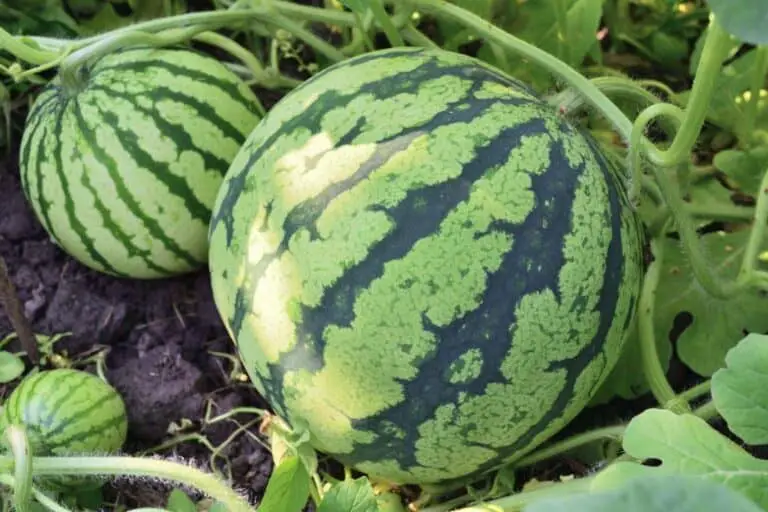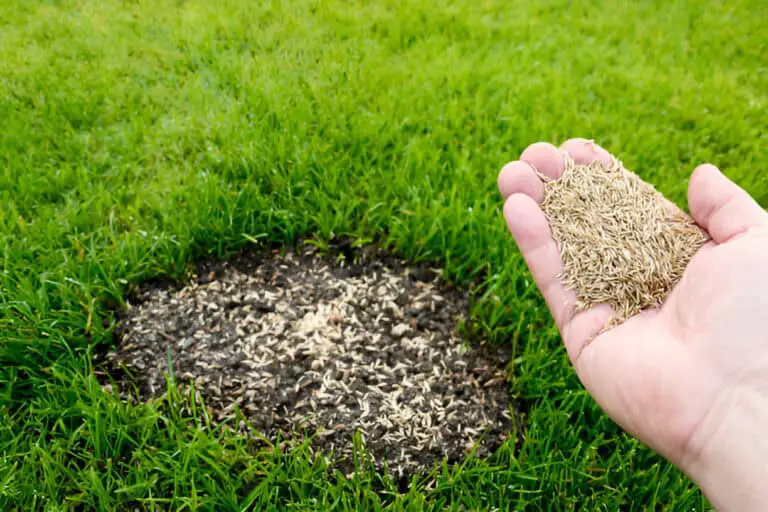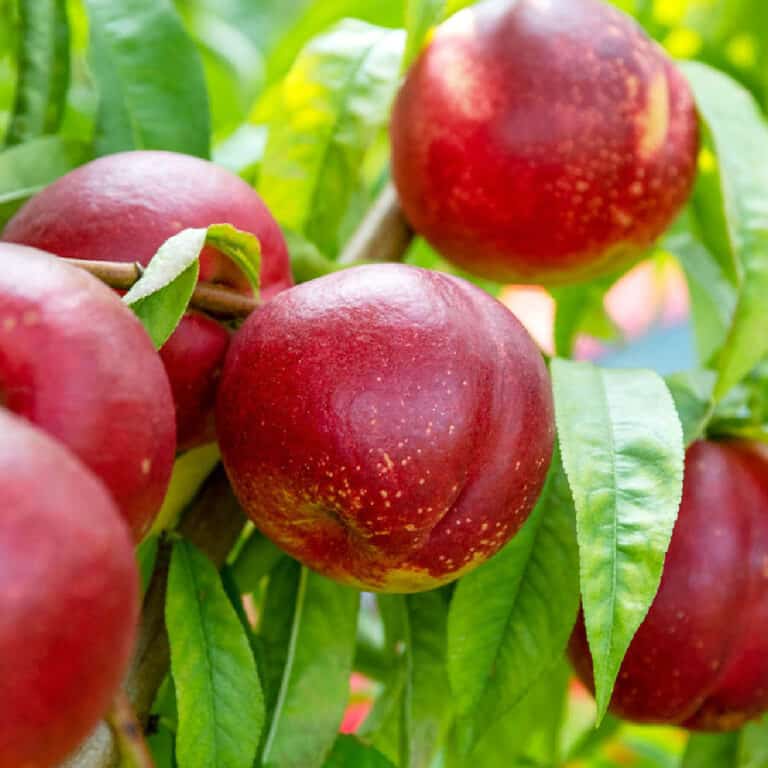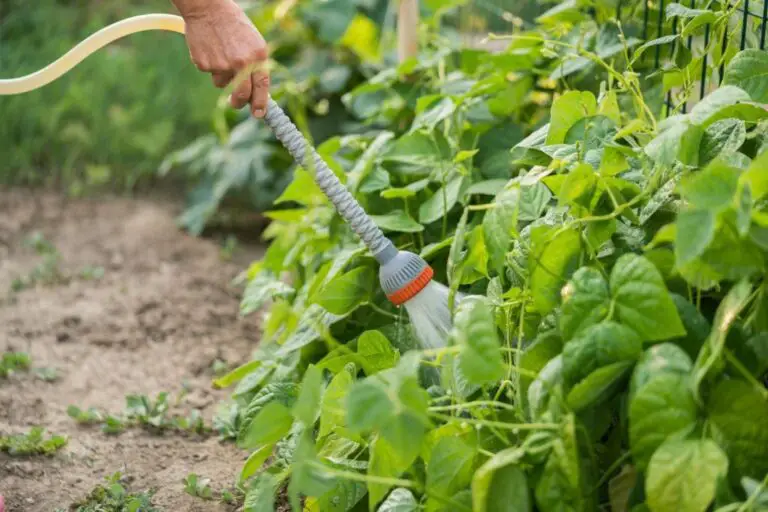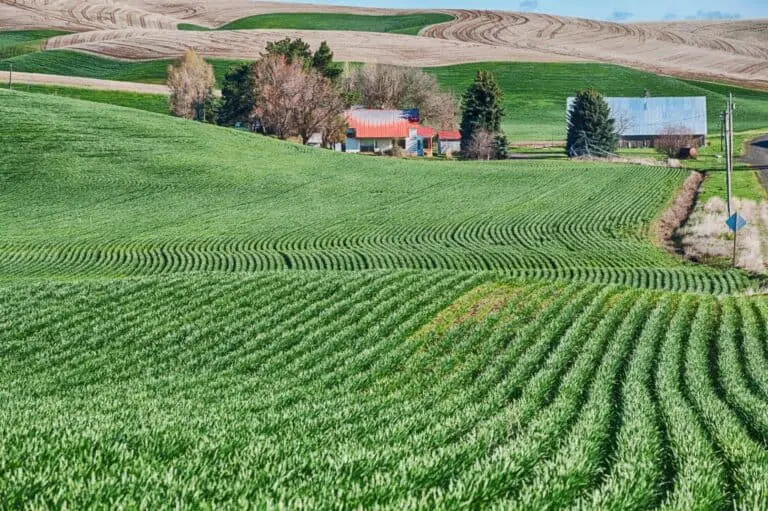How to Prevent and Treat Black Spots on Collard Greens
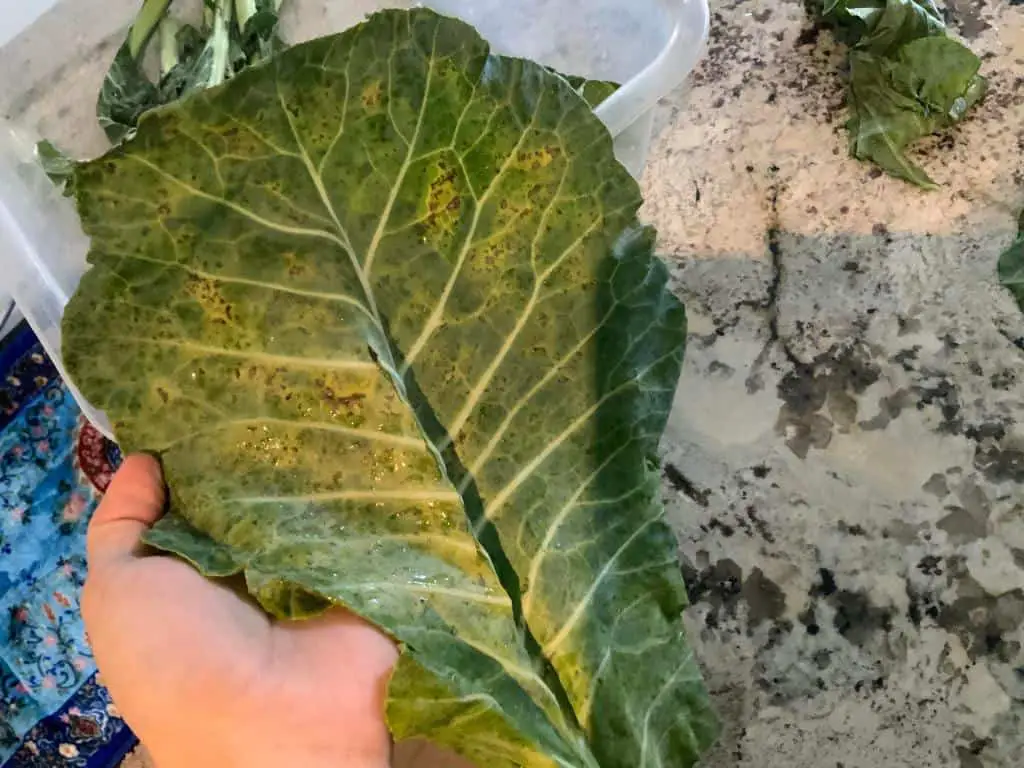
Have you ever noticed black spots on your collard greens and wondered what might be causing them? These spots, often a sign of various issues, can affect the quality and taste of collard greens if not addressed promptly and correctly. Understanding the causes and effective treatments for black spots is crucial. They help keep collard greens healthy and vibrant in your garden or kitchen.
In this article, we’ll explore the common causes of black spots on collard greens and provide practical solutions to address them. By understanding these problems and learning how to treat them, you’ll keep your collard greens healthy and delicious. Then, you can enjoy them in your favorite dishes.
Keep reading to safeguard your garden and enjoy a bountiful harvest.
Understanding Collard Greens
Collard greens, known scientifically as Brassica oleracea, are leafy vegetables prized for their hearty flavor and nutritional value. These greens belong to the same family as cabbage, kale, and broccoli, . They have large, dark green leaves that are smooth.
Collards are a versatile ingredient in many cuisines worldwide. They are appreciated for their ability to be cooked in diverse ways while keeping their robust flavor and texture.
In Southern cuisine in the United States, collard greens are culturally significant. They are often braised with smoked meats or cooked with seasonings like garlic and onions for added flavor. Collards are rich in vitamins A, C, and K, as well as fiber and antioxidants. They are a valuable addition to a balanced diet.
In the garden, collard greens thrive in cooler temperatures and are typically grown as annual crops. They need well-drained soil full of organic matter. They benefit from regular watering and moderate sunlight.
Causes of Black Spots on Collard Greens
- Fungal diseases are common. They cause infections like anthracnose and leaf spot. These infections show up as dark, irregular spots on collard greens. These diseases thrive in humid conditions and can spread rapidly if not managed.
- Bacterial Infections: Bacterial leaf spots and other bacterial infections can cause dark lesions on collard greens. These infections often start as small, wet spots. They darken over time and harm leaves and plant health.
- Environmental Stress: Factors such as irregular watering, poor air circulation, and overcrowding can stress collard greens, making them more susceptible to infections and the development of black spots.
Preventive Measures to Avoid Black Spots
To prevent black spots on collard greens, implement these proactive measures:
- Crop Rotation: Rotate collard greens with other plant families to reduce the buildup of pathogens in the soil.
- Spacing: Plant collard greens with enough space. This will promote airflow and cut humidity near the leaves.
- Watering Practices: Water at the base of the plant early in the day. This allows foliage to dry quickly and cuts the risk of fungal and bacterial infections.
- Moisture control: Reduce leaf moisture to prevent fungal infections. Water in the morning to allow leaves to dry quickly.
- Mulching: Put a layer of organic mulch around collard greens. It regulates soil temperature and moisture. This can help prevent stress-related diseases.
- Fungicides: Use copper- and sulfur-based fungicides if needed. Follow labeled rates and safety rules.
Treating Black Spots on Collard Greens
If black spots appear on your collard greens, take these steps to manage and treat the issue:
- Prune Affected Leaves: Remove leaves with black spots using clean pruning shears. Dispose of infected plant material away from your garden to prevent the spread of disease.
- Fungal Sprays: Use fungicidal sprays labeled for edible greens to treat fungal infections. Follow the manufacturer’s instructions carefully.
- Bacterial Control: For bacterial infections, copper-based sprays or bactericides may be effective. Apply according to the productlabel,l and avoid spraying during hot, sunny periods.
- Organic Remedies: Consider organic remedies. They include neem oil and compost tea. They can boost plant health and fight infections.
Best Fungicides for Preventing Black Spots on Collard Greens
To prevent and treat black spots on collard greens, several fungicides and cultural practices can be employed:
Fungicides:
- Copper Compounds: Copper fungicides work against diseases. The diseases are caused by both fungi and bacteria. They should be applied before symptoms appear or shortly after the disease is detected. Repeated applications every 7 to 14 days are necessary to maintain protection.
- Chlorothalonil: This fungicide provides good control against Alternaria leaf spot and other diseases. It should be applied every 7 to 10 days after transplanting, and a 7-day waiting period is recommended before harvest
Can You Eat Collard Greens With Black Spots?
Yes, you can eat collard greens with black spots. Black spots on collard greens are typically caused by fungal infections like leaf spots, which do not pose a health risk to humans.
These spots can appear oily or water-soaked and may coalesce to turn large areas of leaves yellow. While the appearance may not be ideal, the fungus does not create any harmful compounds that would affect human health.
However, it is essential to ensure that the black spots are not accompanied by other signs of spoilage, such as a bad smell or soft, soggy texture. If the leaves are otherwise healthy and fresh, it is safe to consume them.
For the best flavor and texture, avoid eating collard greens with very dark leaves. They may taste less fresh and flavorful than those without spots.
Conclusion
In conclusion, preventing and treating black spots on collard greens requires diligence. You must be proactive in gardening. You can reduce the chance of black spots. Understand their causes: fungi, bacteria, or stress. Take steps like good spacing, watering, and crop rotation.
If black spots appear, prune and treat them fast. This can help heal your collard greens. Keep these strategies in mind. With them, you can grow plenty of tasty collard greens in your garden and kitchen all season.

